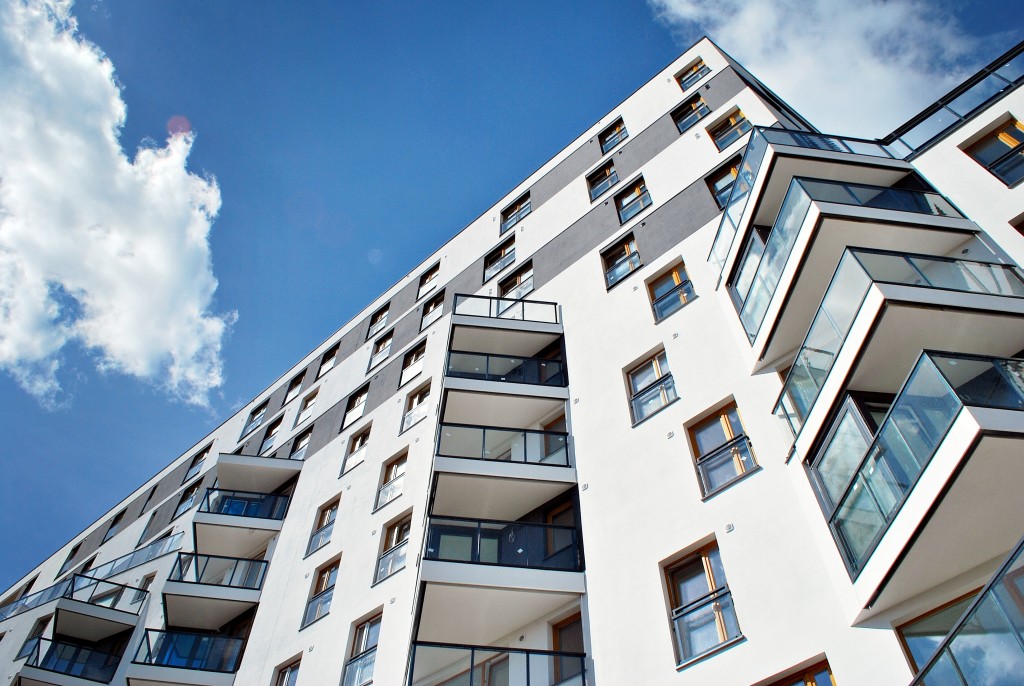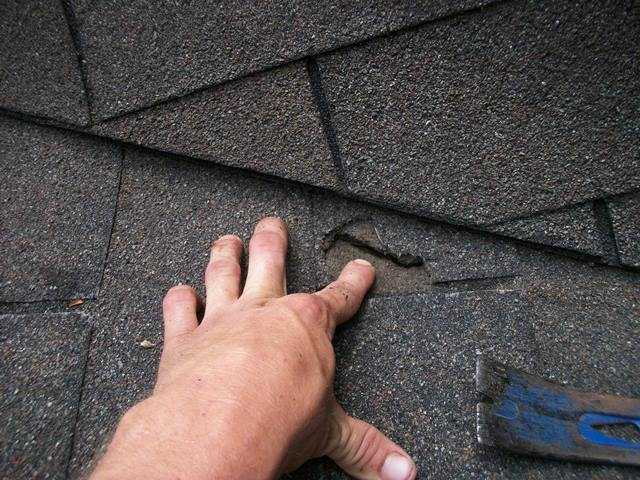Disclaimer: This website provides health information for educational purposes only and is not a substitute for professional medical advice, diagnosis, or treatment. Always seek the guidance of a qualified healthcare provider with any questions you may have.
Annually, trends either give the nod to the past or cope with the ever-changing landscape of the world. For example, as the population grows, livable spaces become smaller. As the indoor generation grows, the need for more straightforward ways to connect to nature becomes in demand in properties. Additionally, as the world suffers from environmental damage, people seek for more eco-friendly ways to replace the norm.
These are the situations that architectural design companies in Park City, Utah, have to adapt to cater to the needs of not only their clients but also the modern world.
Maximizing smaller spaces
The growing population worldwide compels people to live in studios, micro-apartments, etc. As more people move from rural areas, 55% of the world’s population now lives in the city. The sizes of apartments shrink to accommodate the influx of people. Most people prefer this kind of living, too, even preferring to move to tiny houses.
This trend has caused architects to think of ways to maximize smaller spaces by incorporating storage spaces under beds, couches, stairs—practically any unused space in the area. They have also innovated furniture that is foldable into the wall, such as tables and beds.
Merging the outdoors and the indoors
Wanting a house to feel bigger is not a new desire for homeowners. This new trend of combining the outdoors and the indoors has taken the limelight in this arena because it doesn’t only make the house feel more spacious, but it also brings the benefits of nature.
First, the idea of this merge is the effortless act of extending an indoor space—like a kitchen or the living room—into the backyard or the garden. So, when people are enjoying their meals, they can also enjoy the summer breeze or overlook the pool or the pond.
Second, letting the light into the house has several benefits such as Vitamin D production, an increase in endorphin and serotonin, and improvement of productivity. Opening the house to show the outdoors also increases ventilation, cooling the house and saving energy.
Patronizing Local Materials and Promoting Recycling

Driven by consciousness and mindful consumption, this generation has influenced a lot of fields, including architecture design. The goal of this trend is to be more environmentally aware of the impacts of the products concerning sustainability and carbon footprint.
By using locally manufactured materials, people can be more at ease, knowing that the production process is possibly more sustainable. Local products also lessen the need for transportation, therefore reducing carbon emissions. Most of all, one can support local businesses by purchasing their products.
Recycling and repurposing materials give a more creative approach as people innovate on how to upcycle different parts of a previous structure. For example, old doors can be used as tabletops, and scrapped wood can be repurposed as flooring. This way, people can decrease their expenses while also reducing waste.
The world we live in now is useful in the sense that it comes up with ways to change the current norms that may pose harm to society. Therefore, every company and industry must catch up with these trends.




